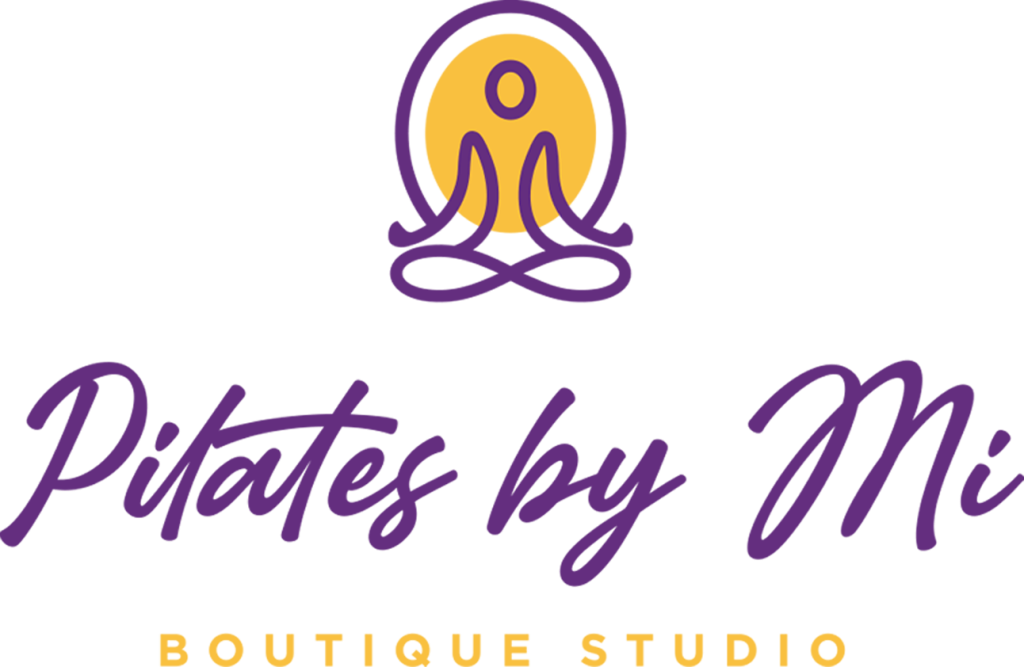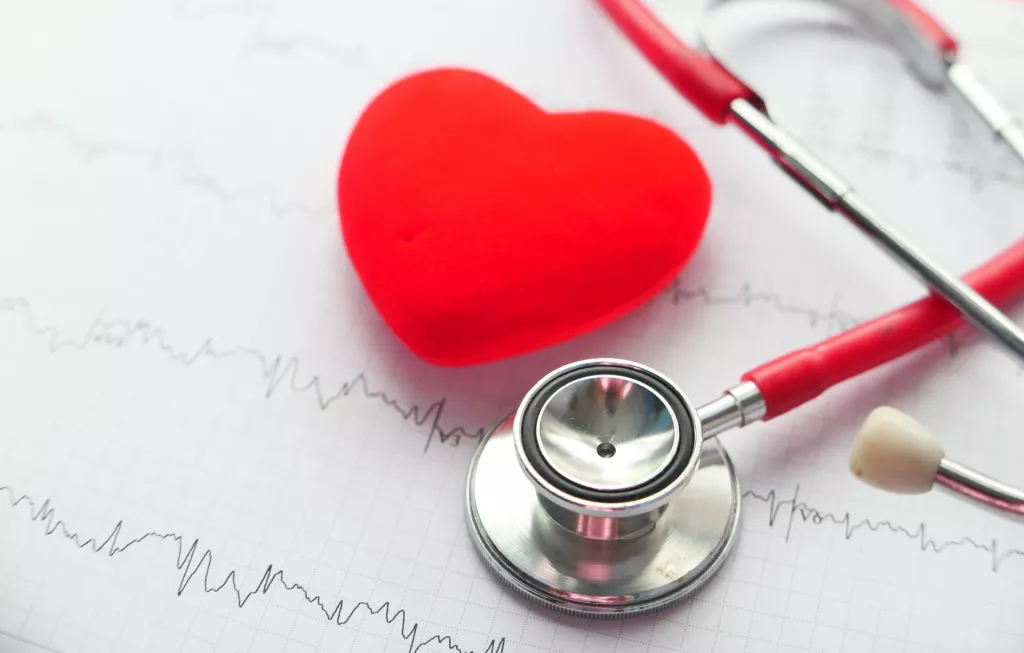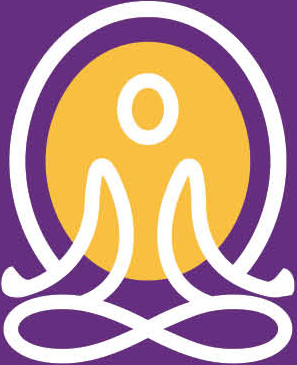Power Pilates, is a method that combines strength, Pilates, and aerobic exercise. It’s the perfect fusion of all aspects of fitness. In our studio, we work according to the Power Pilates method, so our trainees enjoy the perfect combination.
In the following article, we will discuss the aerobic component.
Healthy lifestyle incorporates all aspects of fitness together.
Both aerobic and anaerobic activities offer numerous benefits to the human body. Each type of activity has its own advantages, and the combination of both is the winning formula.
Aerobic activity has a vast array of benefits that are just as important as strength training!
We need to take care of our cardiovascular health, supply oxygen to the muscles, not just focus on building muscles and bones.
Of course, strength training is important as well, but adequate space should be given to aerobic exercises.
So let’s give credit to aerobic activity and its advantages.
The definition of aerobic activity is: Physical activity during exercise in which meaningful use is made of the cardiovascular, circulatory, and respiratory systems to provide energy that activates large muscle groups at varying intensities, for sustained periods of at least 20 minutes.
As a result of prolonged aerobic training, several changes occur:
1. The heart becomes more efficient at pumping blood with each beat, increasing blood supply to cells. This enables the human body to produce more energy for sustained activity.
2. The vascular system (arteries) expands, and the arteries become more elastic, allowing for free blood flow without disturbances. This leads to a reduction in blood pressure.
3. Resting heart rate decreases. Resting heart rate is the number of heartbeats per minute. A lower resting heart rate is important because it means the heart muscle has to work significantly less to supply the required amount of blood during a given effort, making it easier for the heart to perform its central function—supplying blood to the entire body.
4. Overall body function improves, as the ability to perform light to high-intensity efforts for extended periods increases. The improvement in the increased utilization of oxygen—meaning the body becomes more efficient in utilizing available oxygen.
5. Aerobic activity contributes to better digestive system movement and functionality.
6. It aids in improving mood. During strenuous physical activity, hormones responsible for mood regulation are released in the brain. Consequently, after exercise and for several hours afterward, individuals often feel significantly better.
7. It helps in weight management due to the high caloric expenditure during exercise.
8. It contributes to reducing the risk factors for common diseases such as heart and vascular diseases and diabetes.
Examples of aerobic activity during our lessons:
- Jump board sessions- the board slots into the end of the reformer to replace the footbar. The idea being that you lay on your back on the carriage and use the board to jump! You can also lay down on your side and even stand on all fours to jump. While lying on your back and jumping, your spine is fully supported and safe which allows you to focus on the alignment of the legs and pelvis. There are many benefits to your health by using the jump board. These include improving your cardiovascular health by strengthening your heart muscle and also increasing your bone strength therefore reducing the risk of osteoporosis.
- Jumping with the reformer- jumps on the bar or box, jumps beside the reformer or on the floor – during the class, these will raise the heart rate and count as aerobic exercises.
- High-intensity exercises that raise the heart rate are considered aerobic activity.
Don’t give up on yourselves, even if it’s a bit challenging to raise your heart rate.
You will feel better, your mood will improve, and your performance will increase.


